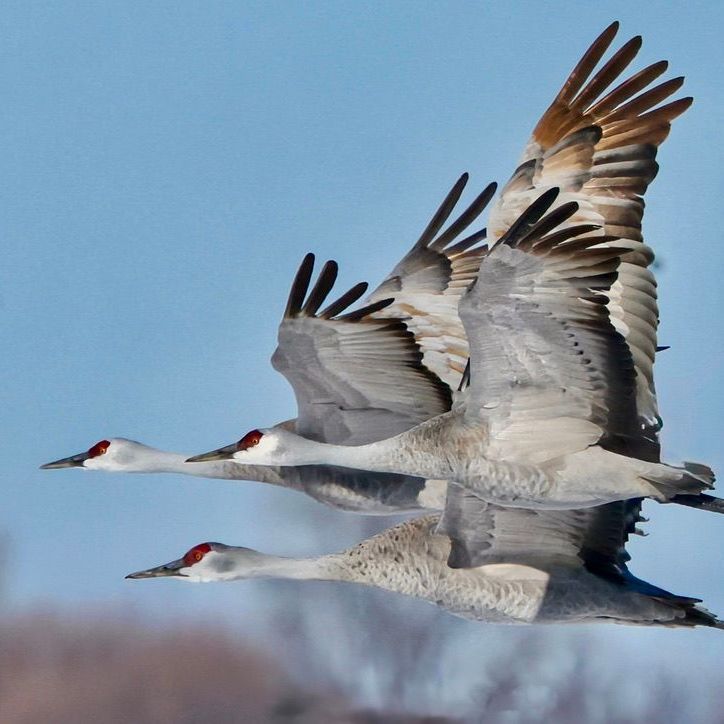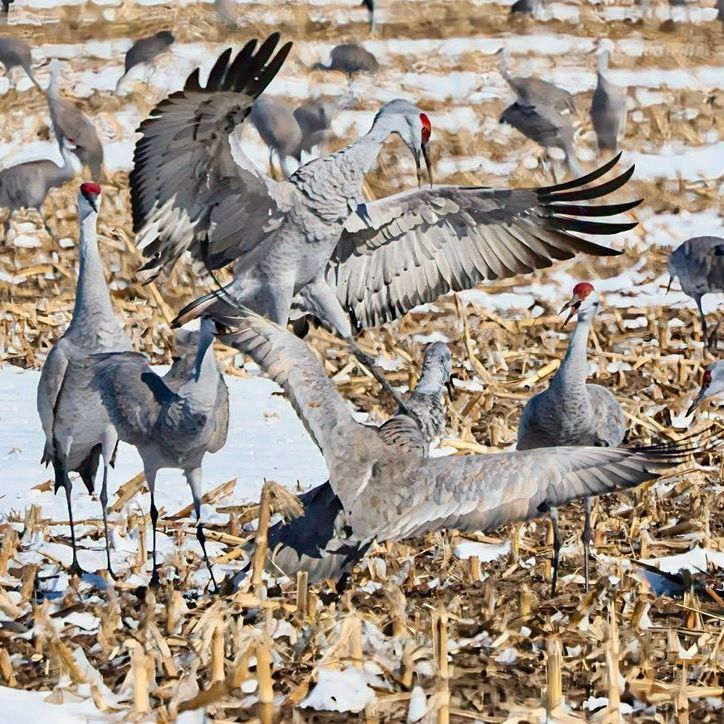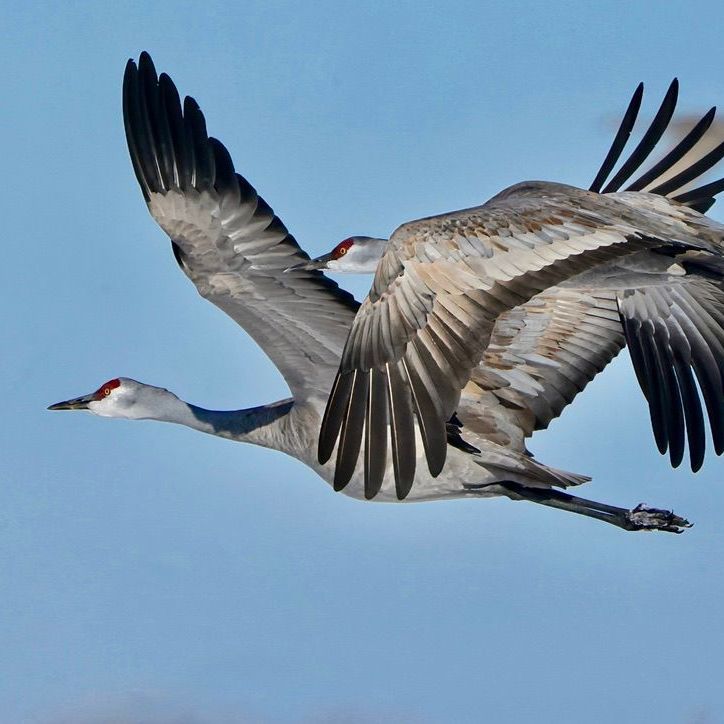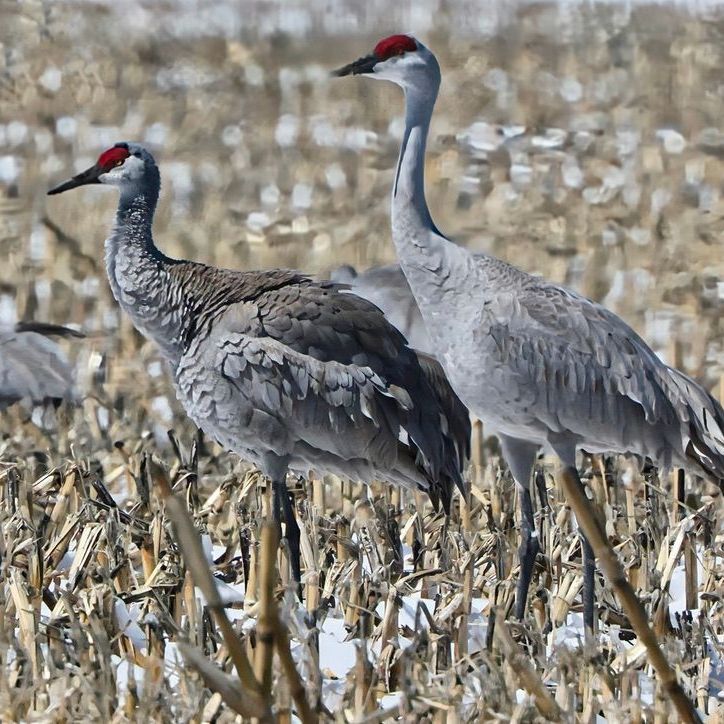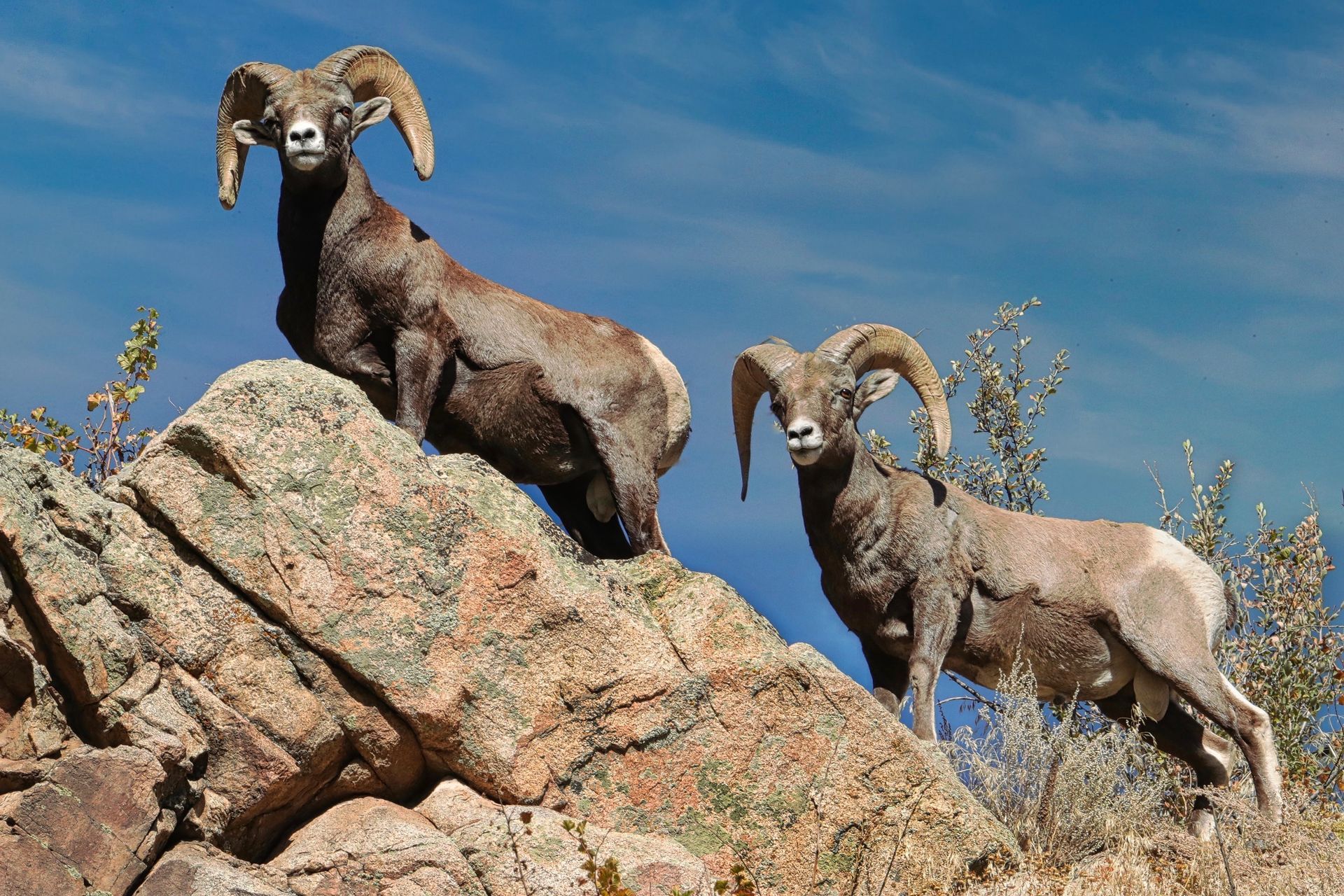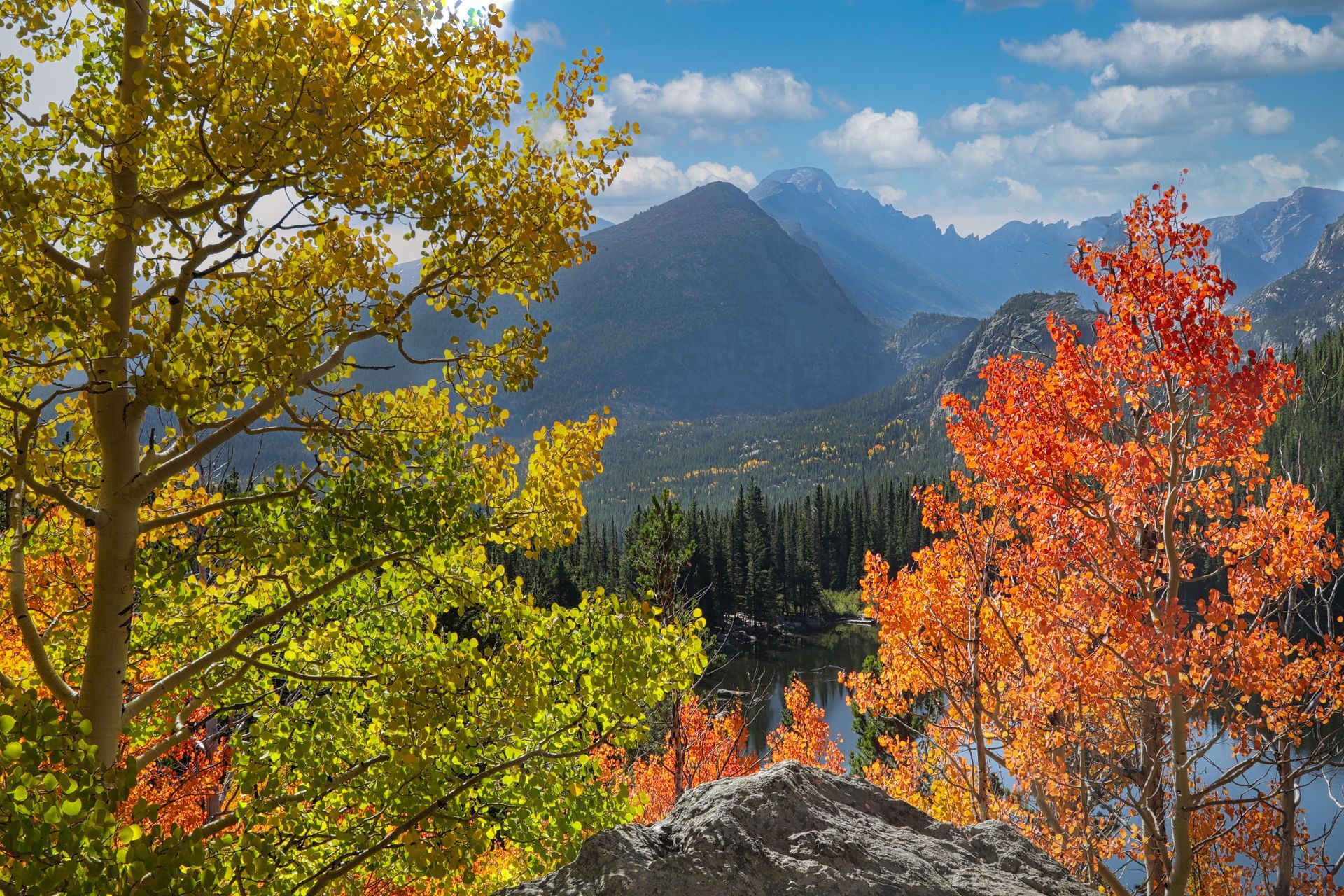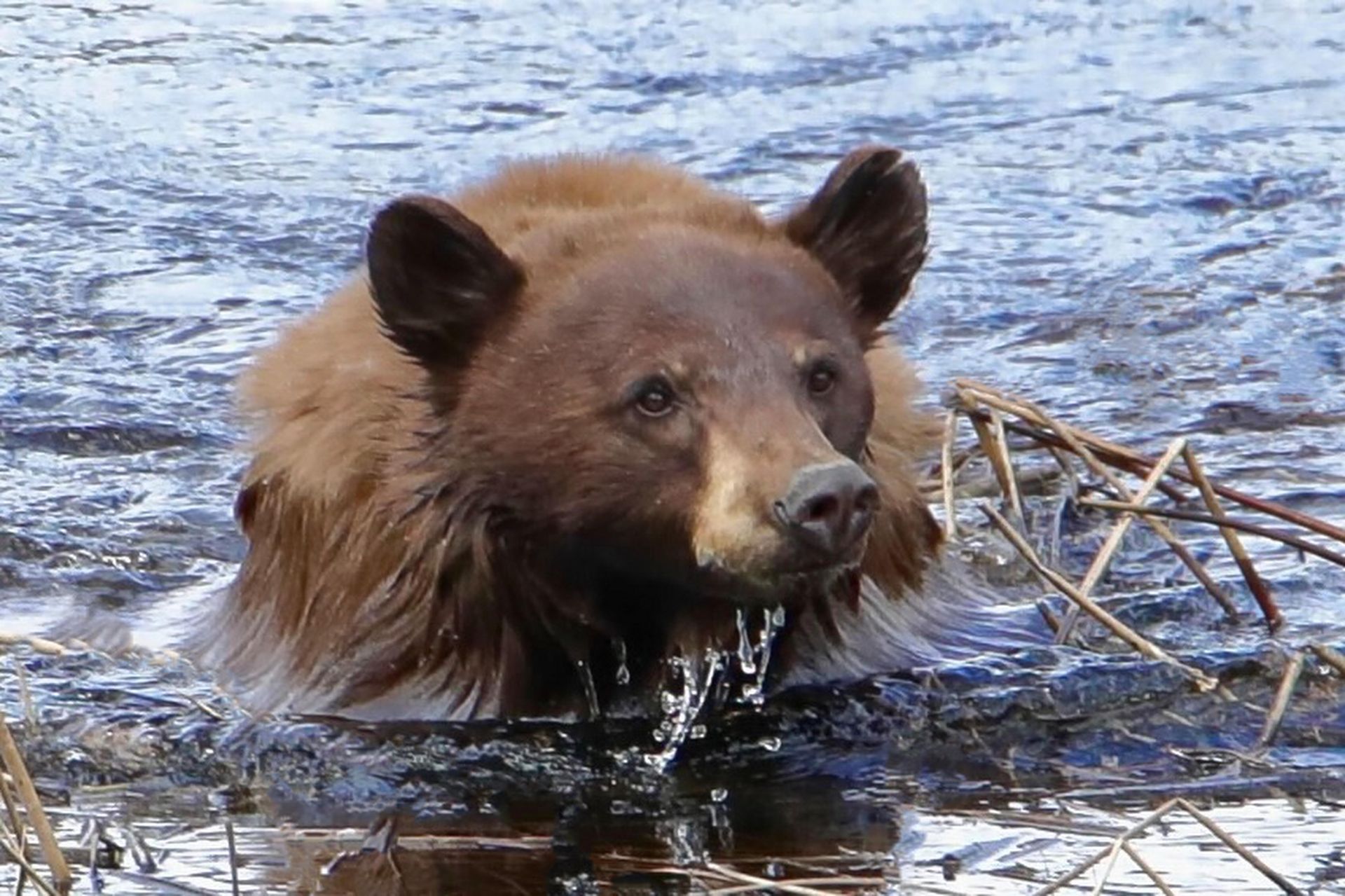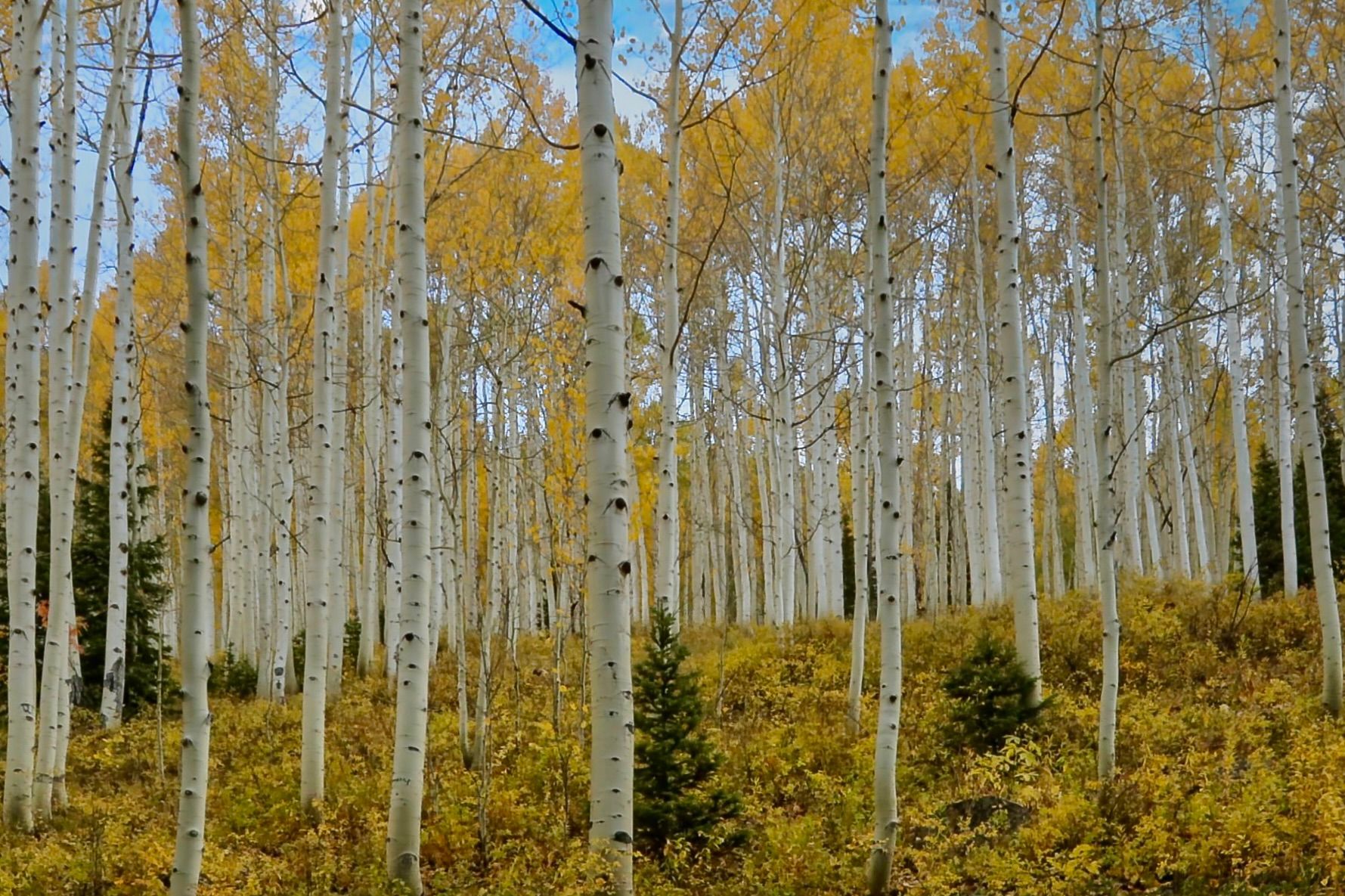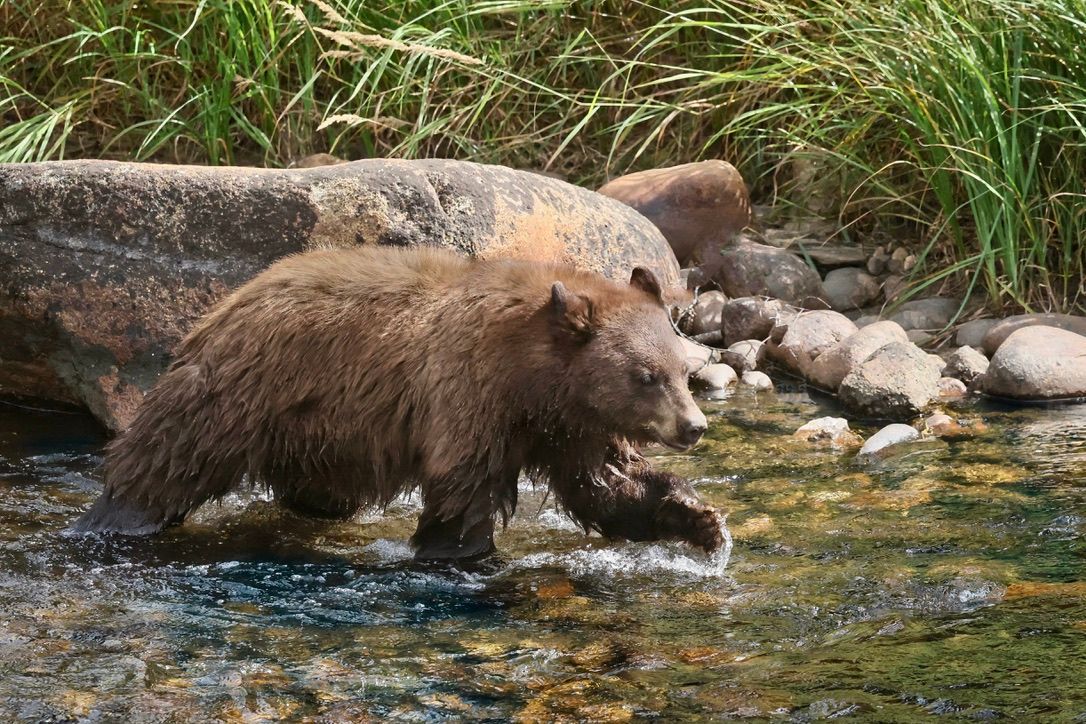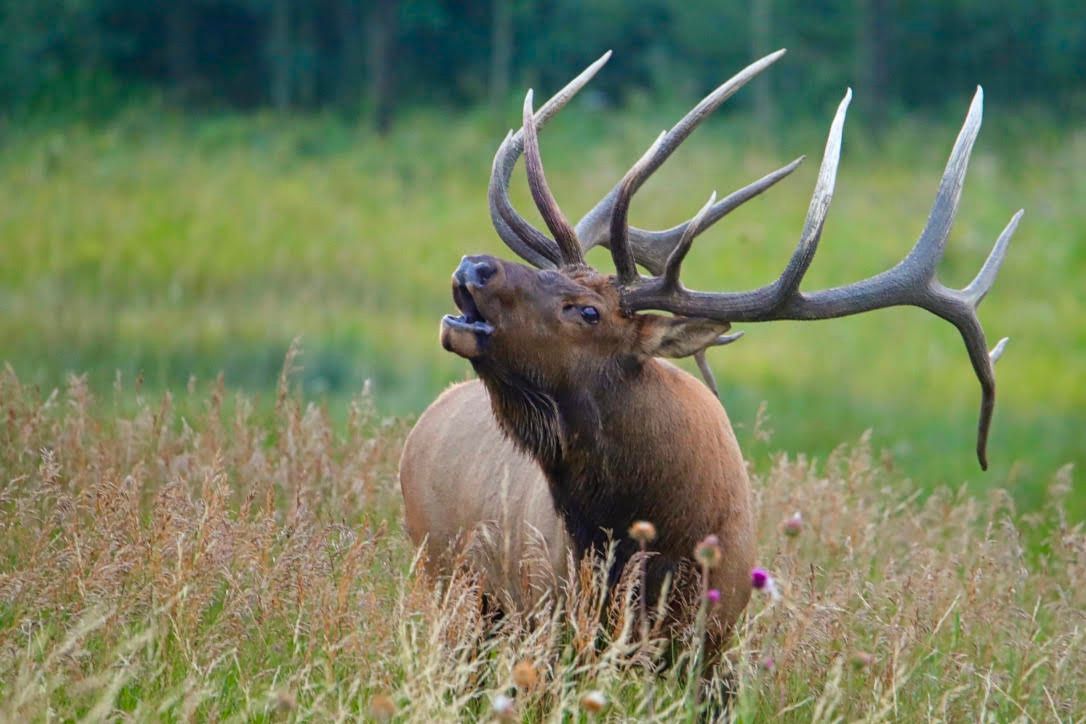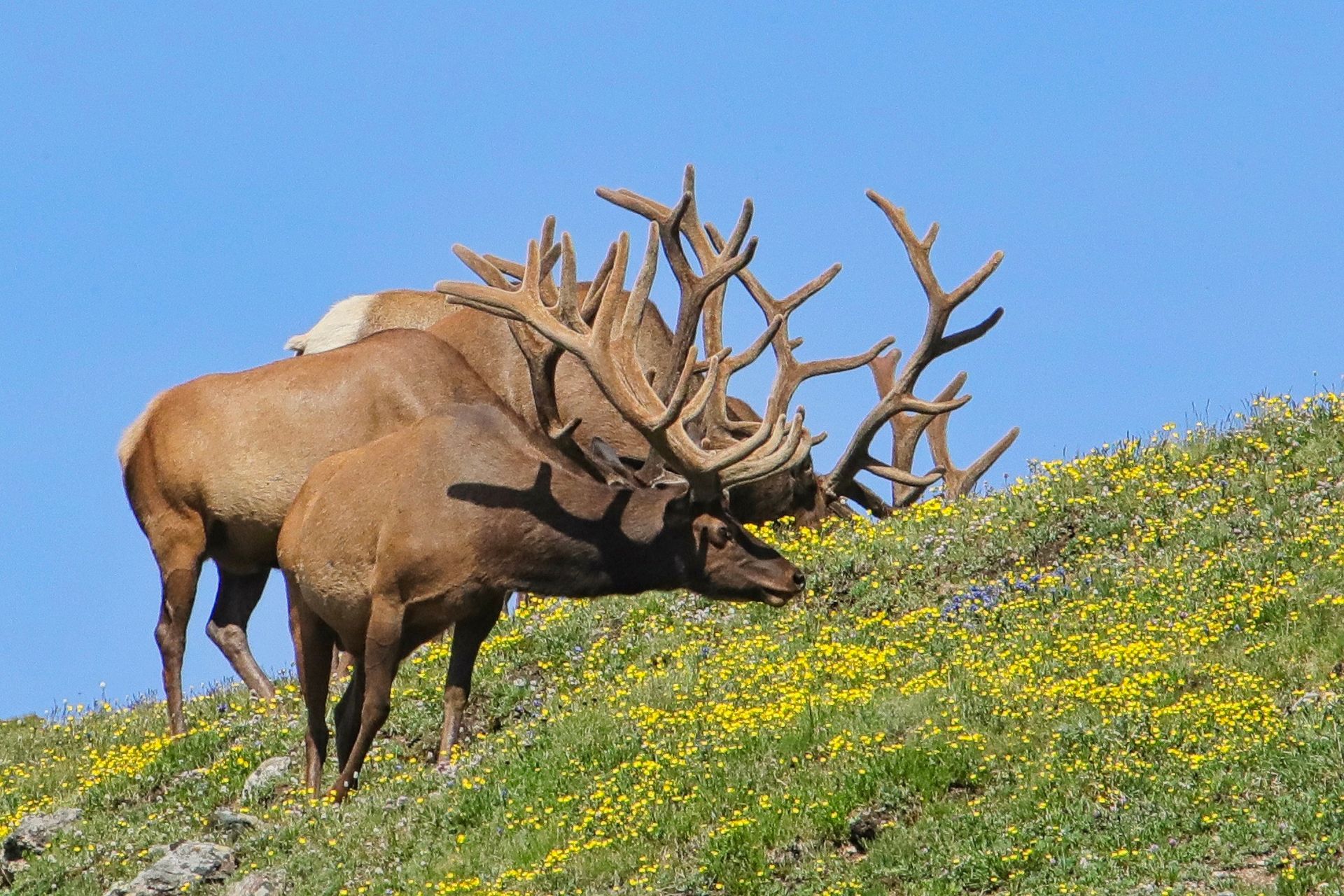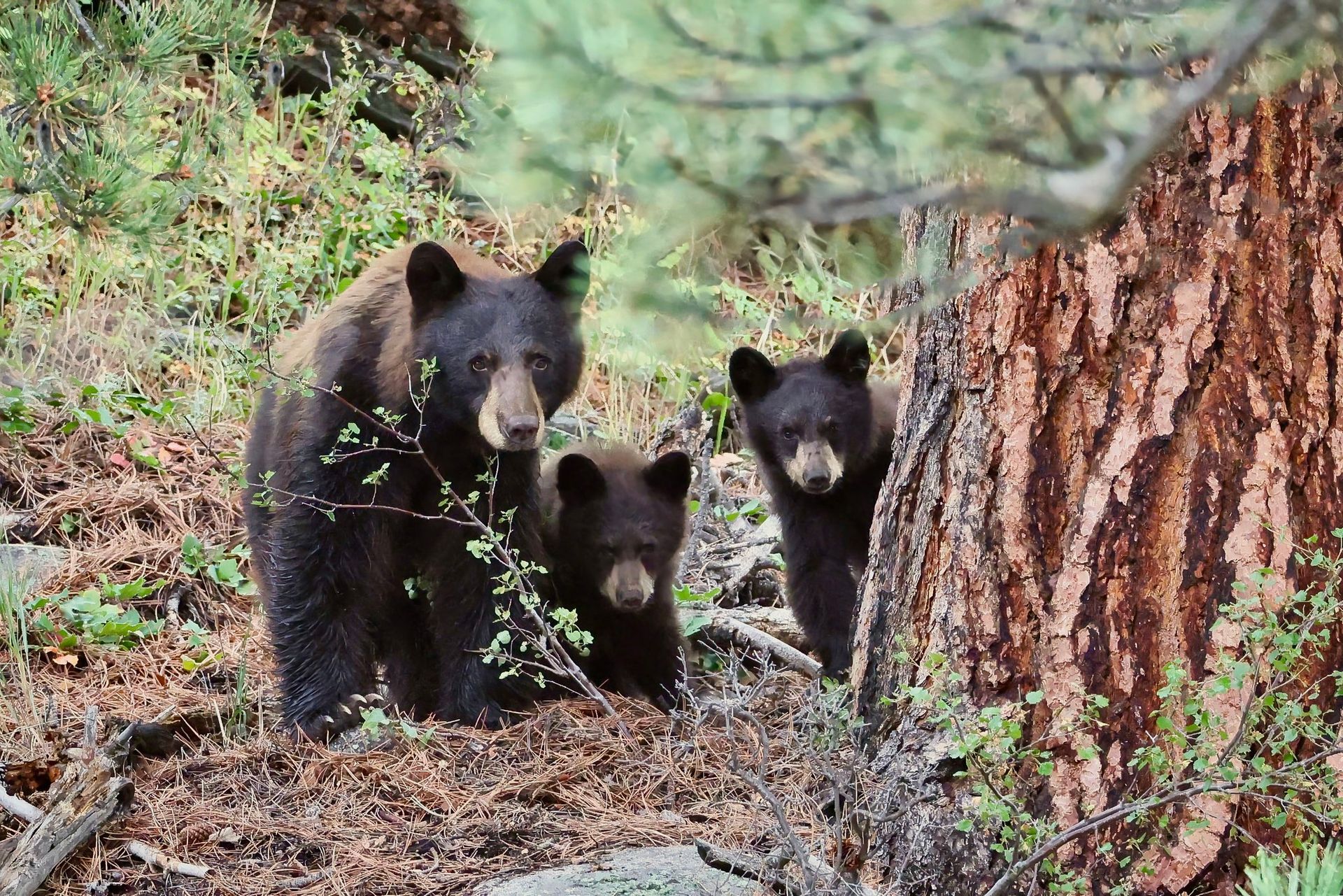The Magnificent Sandhill Crane Migration
80 percent or 500,000 of all Sandhill Cranes Gather
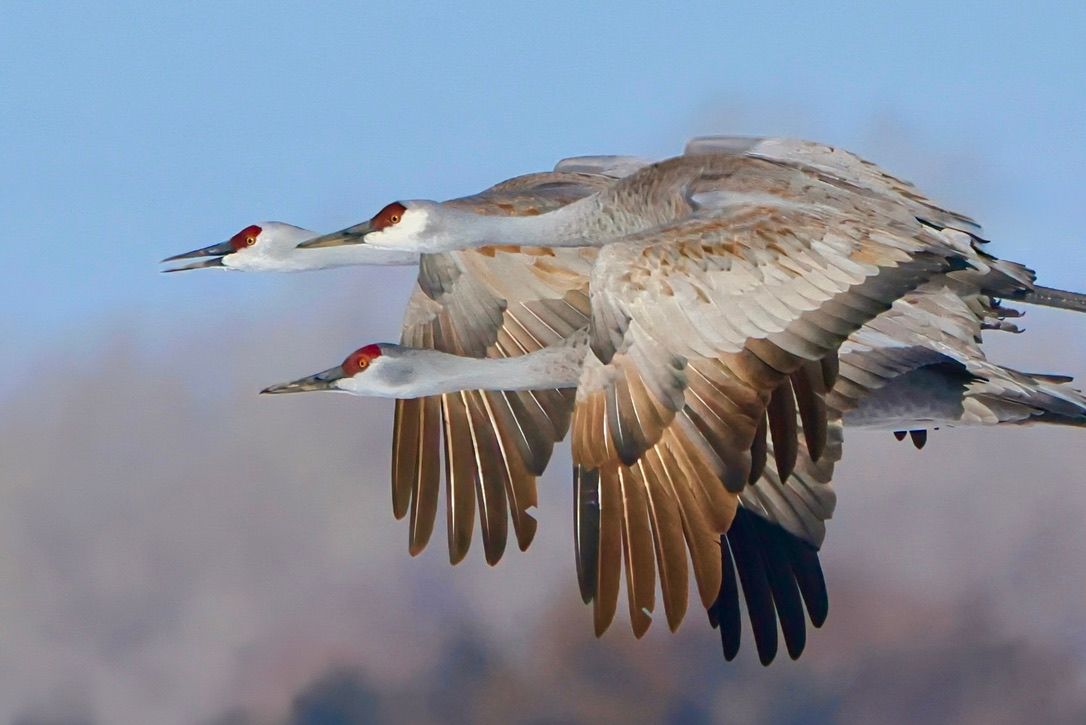
Growing up in Grand Island, Nebraska, I have two completely unrelated memories of photography and the sandhill crane migration. First is my dad holding a Kodak camera with a flash cub. With each flash, the cube rotated giving the photographer four flash shots. My dad loved modern technology. Second was these big birds circling in the air every March. I didn’t know what they were, but there were a lot of them.
Today, sixty years later, I am excited to have once again visited central Nebraska in March for the sandhill crane migration. For nearly 10 million years, in their movement from the southern United States and central Mexico, the sandhill cranes migrate to their breeding grounds in northern Canada and Alaska.
On the way, approximately 80 percent or an estimated 500,000 of all Sandhill Cranes use a 75-mile stretch of Nebraska's Platte River primarily from Kearney to Grand Island to rest and refuel before continuing their journey. The shallow waters of the Platte River provide a safe nighttime roosting site for the cranes. During the day, they fly to the surrounding farm fields to feast on seeds, grains, and roots left over from the previous fall's harvest.
I remember my first visit, many years ago, to photograph the cranes. I was shocked by the sheer numbers. Driving the backroad between Grand Island and Kearney, scattered fields were spotted with hundreds of gray dots. Sometimes the dots would jump, flapping their wings, or groups would trumpet their announcement before launching into flight.
As the sun sets, in a noisy calling out of their haunting intention, the cranes leave the fields and fill the sky like flying monkeys protecting the Wicked Witch of the West. Thousands circle in the evening haze as they slowly drift downward to the Platte River channel where they will be protected at night in the shallow waters.
In the morning, as the sun becomes a red ball turning the skies orange, another pageant begins. One crane rises from the ankle deep waters, trumpeting their intention, followed by thousands setting flight in unison, filling the sky with a noisy, disjointed, squawking wave of birds.
In the spring, cranes engage in courtship dances, stretching their wings, pumping their heads, bowing and leaping into the air. Watching this mating ritual, the playful flap of their wings and leaps up to ten feet in the air are an impressive display for a photographer to capture. Like the great egrets in mating plume or the reddish egrets dashing, lurching, and zig-zag after prey in the shallow waters along the Gulf of Mexico, the cranes put on a show.
Throughout his life, world renowned wildlife photographer Thomas Mangelsen (who also grew up in Grand Island) has photographed wildlife throughout the world. But each March, he returns to his family cabin still nestled along the Platte River. I heard him tell of story once of meeting Dr. Jane Goodall whose groundbreaking field research revolutionized our understanding of chimpanzees. Goodall had heard of the crane migration and was fascinated. Thomas invited Dr. Goodall to visit his cabin and see the crane spring pageant. Thrilled with the invitation, she asked if she could bring a friend.
I can imagine Thomas, Jane, and her friend, acoustic rock musician Dave Matthews sitting on the back porch of Thomas’ family cabin capturing images as the cranes lifted off at sunrise and returned at sunset. Thomas would be behind his lens, Dr. Goodal would be studying the unique beauty of the event, and all the while, Dave Matthews would be providing the sound track as he picked away on his acoustic guitar. (Thomas, with a simple invitation, I’d be glad to join you.)
This March, I was able to capture a variety of images from the sunrise emersion off the Platte River channels, to the flight into the fields speckled with remains of corn, and of the sandhill cranes dancing to draw their mate toward them. As they are each year, the cranes were a beautiful spectacle of nature’s magnificence.

